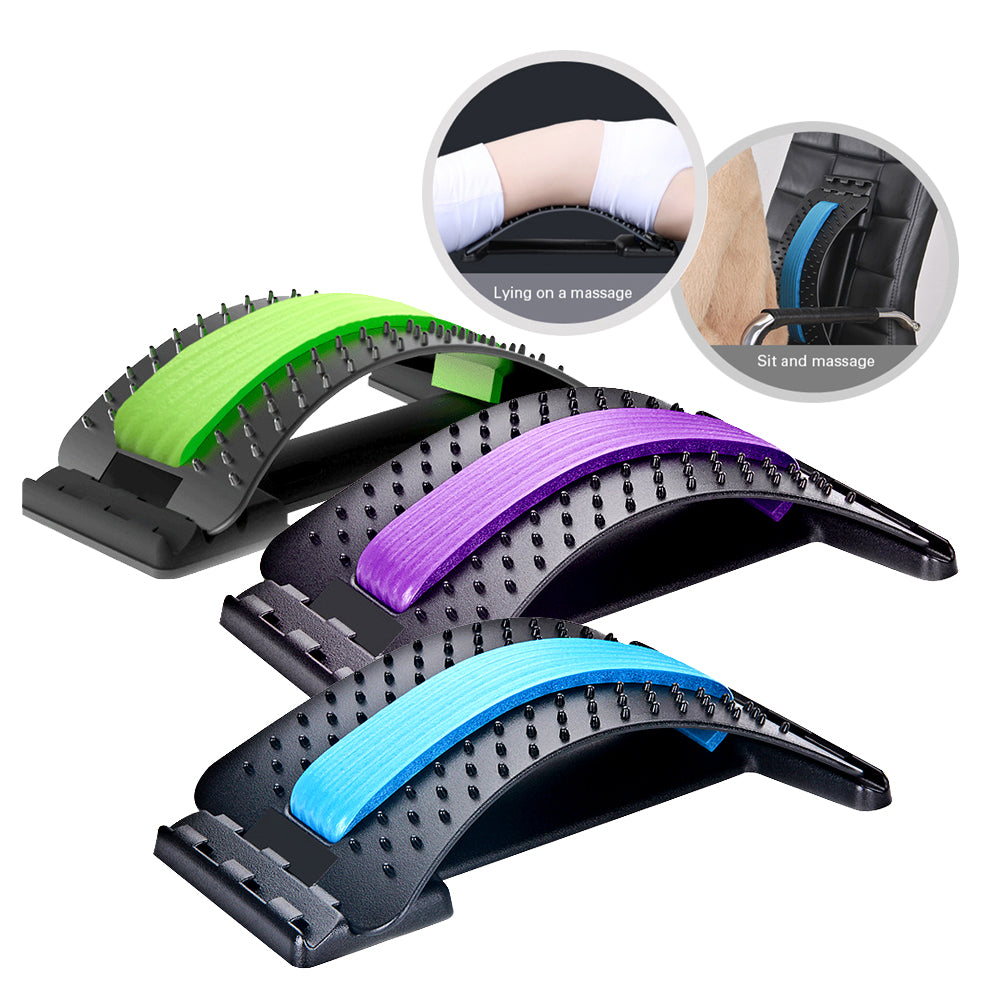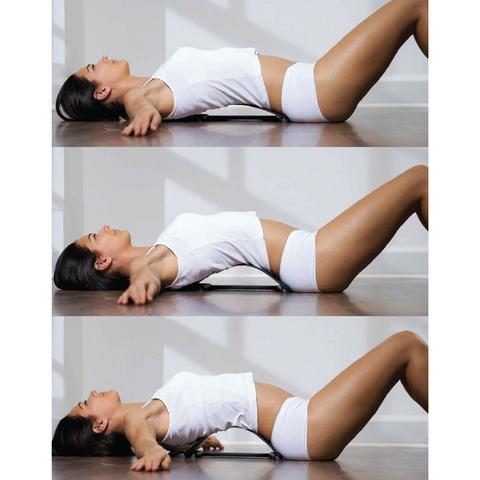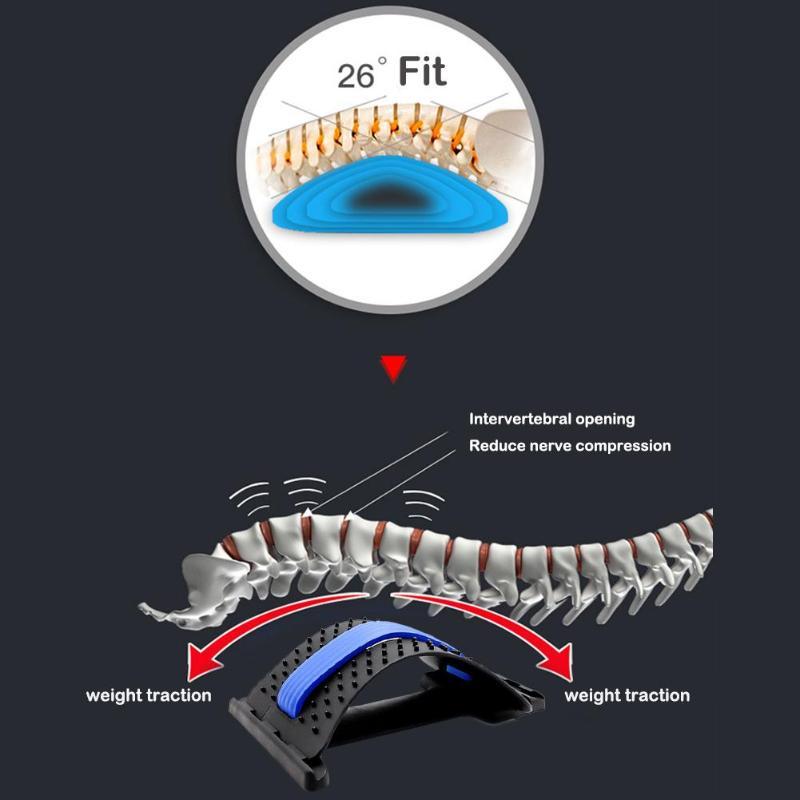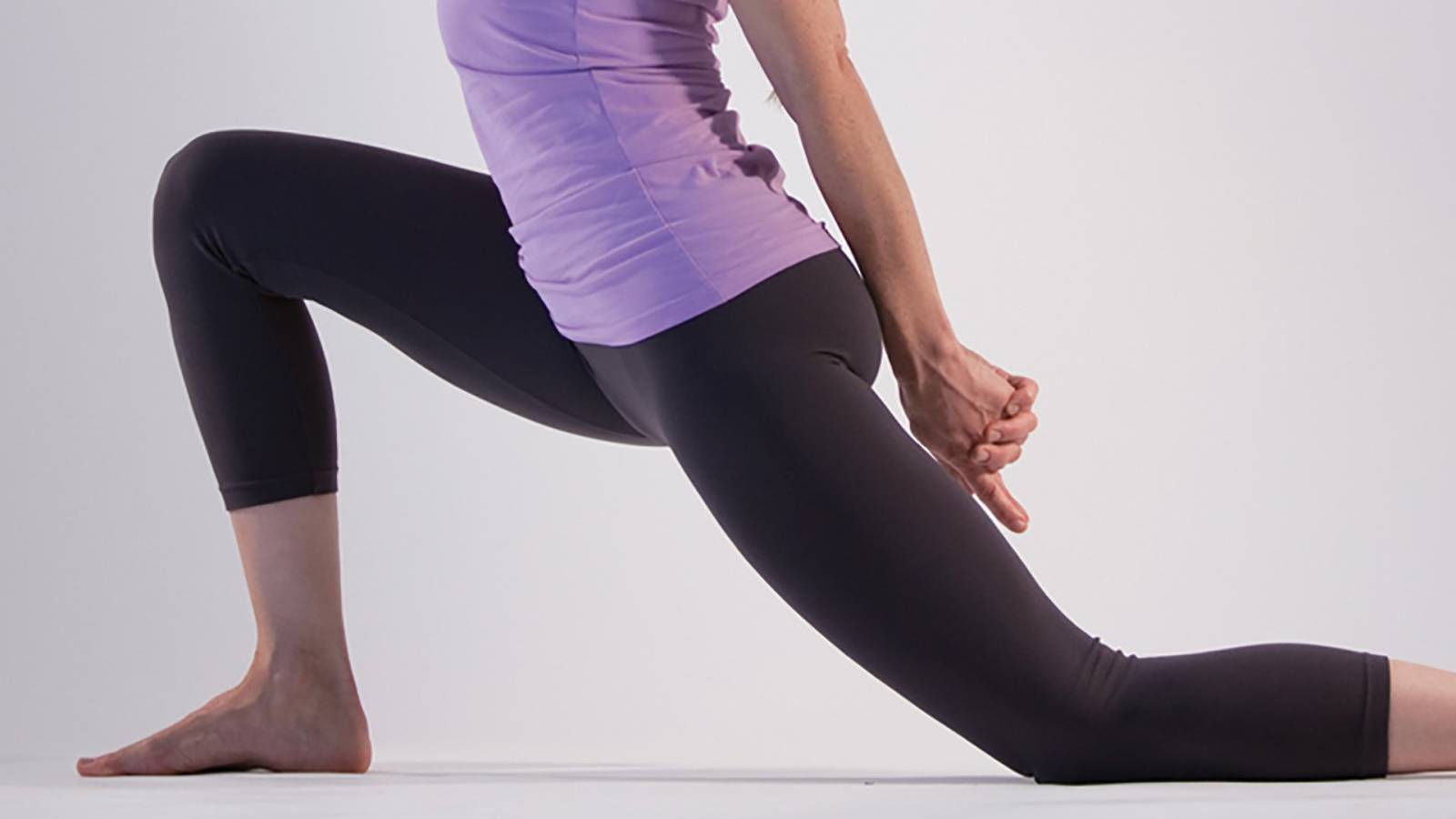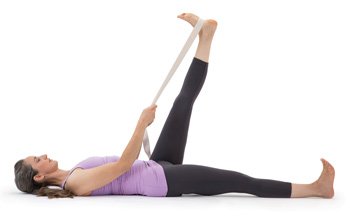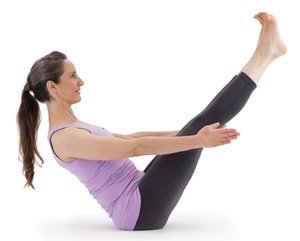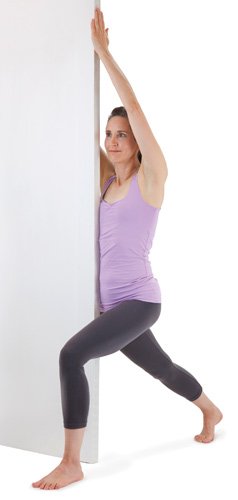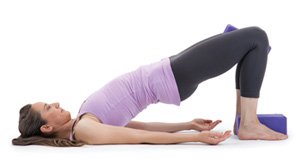My back has hurt for many many years. It felt like it was pinching my spinal cord somewhere in the middle of my back. The more I worked or longer hours the worse the back pain. Sometimes it was all I could do to stand up straight. My back wants to curve like a banana. I never went to a doctor about it but did go to a chiropractor many years ago. They said never ever work construction or do any hard physical exercise or sports. Ha ha, that is all I do even now.
About a year ago I was at my brother in laws and saw this little contraption laying on the floor. I asked what it was.
He said you lay on it and it stretches your back. It is supposed to help with back pain in some instances.
So he laid on it, his wife laid on it and then my wife laid on it. In all instances they could bend their back to the point of shoulders almost touching the floor.
I laid on it and my shoulders were still about 8" off the floor. Ouch that booger hurt. I always knew my muscles had given in to the pain to the point of my spin curving but did not think it was quite this bad.
I don't give up easy. I asked my wife to order one and she did. It was around $20.
I started using it every day at least once and more often when possible. I never pushed myself and just laid back to the point of resistance each day. As time passed the point of resistance became farther and farther putting my shoulders closer and closer to the floor.
Fast forward to now and I can all but touch the floor with my shoulders when I lay on it which pretty much matches what my family was doing that first day I saw it. I consider that a huge success.
I still get a slight pinch when I over due it working or playing but most days there is no longer pain in my back. Before this little contraption every day was a pain day for me. It was just a matter of how much pain I felt. Bad or worse.
This may not seem like a big deal to most of you but if you have back pain it may help you like it did me. You gotta know what your limitations are though. It could hurt you worse under some circumstances so use it at your own risk and discretion. Might want to ask your doctor if you have one.
Good luck to anyone who may try this thing out!!
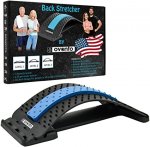
About a year ago I was at my brother in laws and saw this little contraption laying on the floor. I asked what it was.
He said you lay on it and it stretches your back. It is supposed to help with back pain in some instances.
So he laid on it, his wife laid on it and then my wife laid on it. In all instances they could bend their back to the point of shoulders almost touching the floor.
I laid on it and my shoulders were still about 8" off the floor. Ouch that booger hurt. I always knew my muscles had given in to the pain to the point of my spin curving but did not think it was quite this bad.
I don't give up easy. I asked my wife to order one and she did. It was around $20.
I started using it every day at least once and more often when possible. I never pushed myself and just laid back to the point of resistance each day. As time passed the point of resistance became farther and farther putting my shoulders closer and closer to the floor.
Fast forward to now and I can all but touch the floor with my shoulders when I lay on it which pretty much matches what my family was doing that first day I saw it. I consider that a huge success.
I still get a slight pinch when I over due it working or playing but most days there is no longer pain in my back. Before this little contraption every day was a pain day for me. It was just a matter of how much pain I felt. Bad or worse.
This may not seem like a big deal to most of you but if you have back pain it may help you like it did me. You gotta know what your limitations are though. It could hurt you worse under some circumstances so use it at your own risk and discretion. Might want to ask your doctor if you have one.
Good luck to anyone who may try this thing out!!

Last edited:



